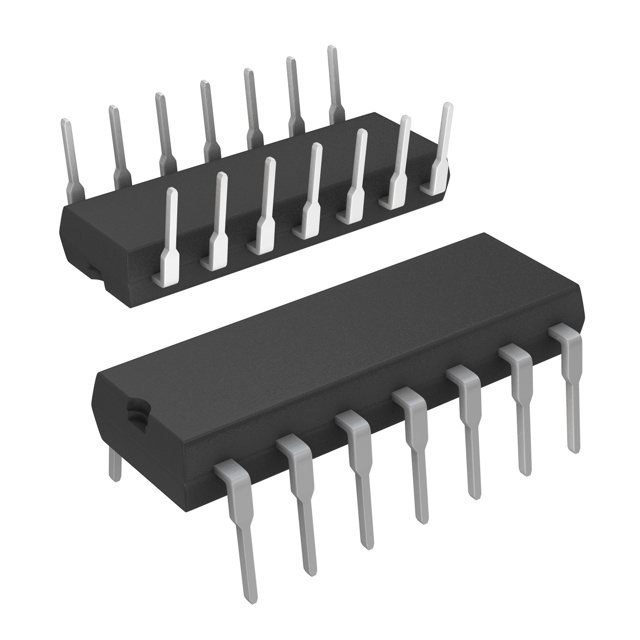SNJ54AS804BJ
Manufacturer No:
SNJ54AS804BJ
Manufacturer:
Description:
54AS804B HEX 2-INPUT NAND DRIVER
Datasheet:
Delivery:





Payment:




In Stock : 59
Please send RFQ , we will respond immediately.









SNJ54AS804BJ Specifications
-
TypeParameter
-
Package / Case-
-
Supplier Device Package-
-
Mounting Type-
-
Operating Temperature-
-
Max Propagation Delay @ V, Max CL-
-
Input Logic Level - High-
-
Input Logic Level - Low-
-
Current - Output High, Low-
-
Current - Quiescent (Max)-
-
Voltage - Supply-
-
Features-
-
Number of Inputs-
-
Logic Type-
-
PackagingBulk
-
Product StatusActive
-
Series*
The SNJ54AS804BJ is a specific type of integrated circuit chip that belongs to the 54AS series of TTL (Transistor-Transistor Logic) chips. It is a 9-bit D-type flip-flop with a clear input. Here are some advantages and application scenarios of this chip:Advantages: 1. High-speed operation: The SNJ54AS804BJ chip operates at a high-speed clock frequency, making it suitable for applications that require fast data processing. 2. TTL compatibility: Being a TTL chip, it is compatible with other TTL logic devices, allowing for easy integration into existing TTL-based systems. 3. Clear input functionality: The clear input allows for resetting the flip-flop to a known state, which can be useful in certain applications. 4. Wide operating voltage range: The chip can operate within a wide voltage range, typically from 4.5V to 5.5V, providing flexibility in different power supply scenarios.Application scenarios: 1. Data storage and synchronization: The SNJ54AS804BJ chip can be used to store and synchronize data in digital systems. It can be employed in applications where data needs to be latched or held for a specific period. 2. Clock and timing circuits: The chip can be utilized in clock and timing circuits where precise timing control is required. It can help in generating and synchronizing clock signals for various components of a system. 3. Control and sequencing: The flip-flop functionality of the chip can be used for control and sequencing purposes in digital systems. It can be employed to control the timing and order of operations in a circuit. 4. State machine design: The chip can be a building block for designing state machines, which are widely used in digital systems for controlling complex operations based on different states and inputs.It's important to note that the specific application scenarios may vary depending on the overall system requirements and the designer's creativity.
SNJ54AS804BJ Relevant information







